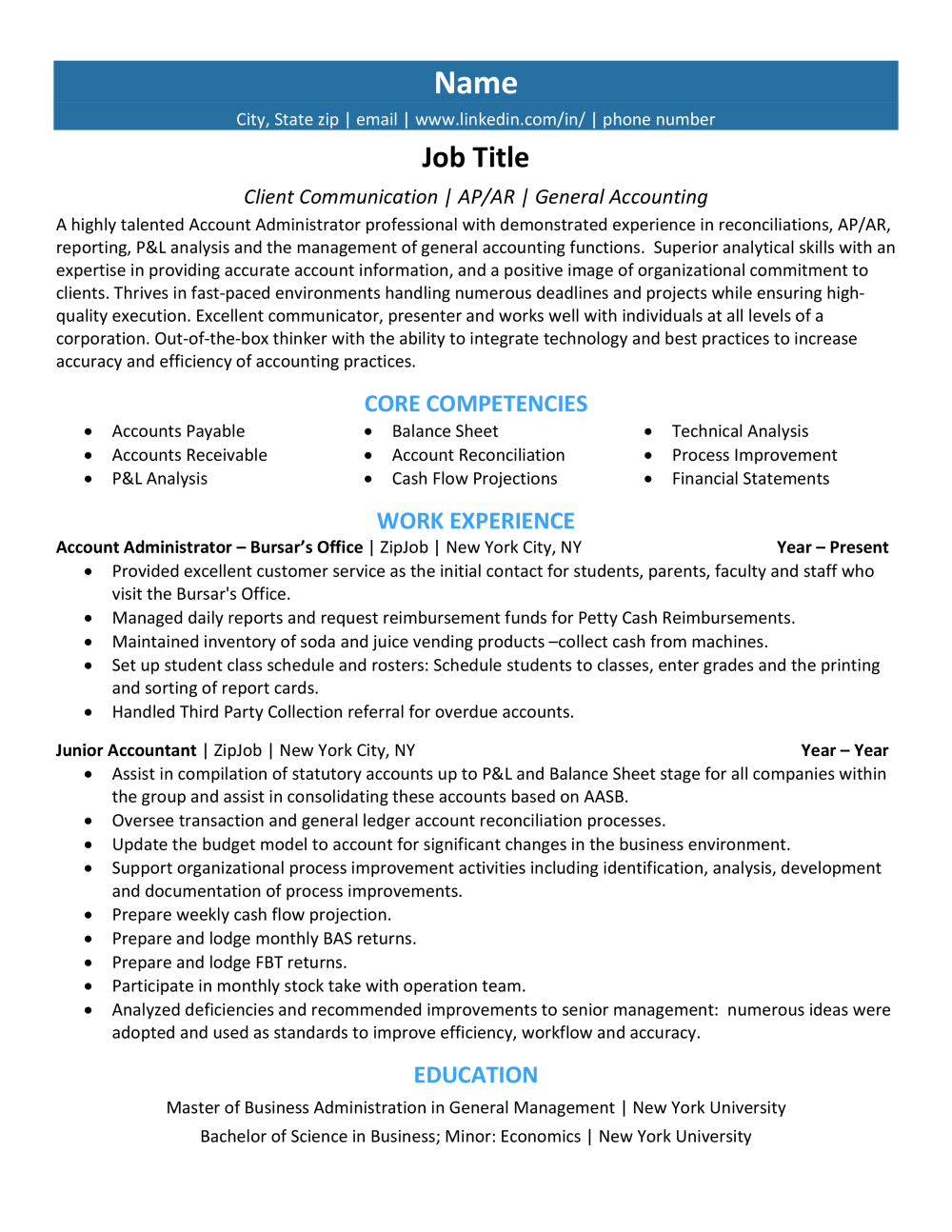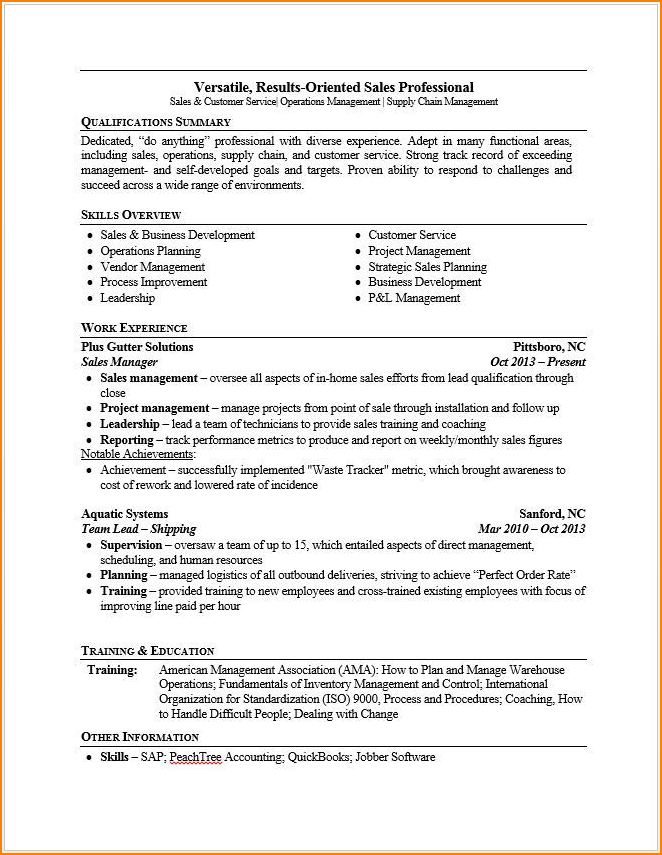
When it comes to resumes, many people get so focused on the details they’ll include in their presentation that they often neglect one of the most important decisions they need to make: the resume format.
While there are no hard and fast rules where resume format is concerned, it is still wise to select from one of the types of resumes that have the best track record for success.
Which resume format is right for you depends on your work history, experience level, and the position you are targeting. To better understand which option might be best for you during the job search, let’s take a look at each resume format separately. After our overview of the best formats, we also explain situations in which one format thrives over the others.
After reading this through you will know exactly which type of resume format is right for you!
The most popular resume format types:
There are currently three format options that are popular in the resume writing industry:
Reverse chronological
Functional
Hybrid
Each of these resume types has proved popular with recruiters over the years. They are considered to be easier for applicant tracking system software and human recruiters to review, and present information in a way that recruiters prefer to see. In short, they meet the target audience’s demands.
1. Reverse chronological format
The reverse chronological resume format is currently considered to be the most popular format for resumes and is one of the best resume formats in use today. It provides a well-structured design that enables applicants to highlight both their job history and work experience, beginning with the most recent job held. Basically, it is a tour through the applicant’s employment history that starts in the present and works backward into the past.
Employers often prefer this type of resume formatting due to its simplicity. It provides them with an easy way to review job history, quickly identify potential gaps in employment, and locate specific achievements and responsibilities that could make the candidate a desirable prospect.
This format is ideal for candidates with a strong work history. To properly execute the reverse chronological format, you should include some specific sections that identify your professional job titles, accomplishments, educational achievements, and relevant skills that might apply to the job you’re seeking. The main objective, though, is to define yourself in terms of your actual career progression.
We also have a comprehensive guide to writing an awesome reverse chronological resume.
Example of the reverse chronological format:

When should you use a reverse chronological resume format?
Are you on a steady career path that demonstrates vertical progression and continual career advancement?
Do you have a steady record of continuous employment without any significant gaps between jobs?
Are you currently applying for a position that is in the same field that you’ve been working in, or one that is similar enough to make your previous experience relevant?
If so, then the reverse chronological format could be the best resume format for you!
Key Takeaway
The chronological format is great for people with consistent work history and when applying for a position you have experience in.
2. Functional resume format
The functional format takes a different approach. Rather than focusing on your employment history, the functional resume format emphasizes your actual marketable skills.
Its entire objective is to showcase the abilities that you have that would make you a great candidate for the job you’re seeking. It de-emphasizes the work experience section, choosing actual skills over prior jobs.
Where the reverse chronological format begins with a recitation of your various jobs, the functional resume template instead begins with the skills you bring to the table. It places those skills front and center, listing them right at the beginning of the resume – along with specific relevant achievements that further demonstrate your strengths and suitability for the job.
Of course, your prior employment does get a mention, but only in an abbreviated form that includes the names of the companies you worked for, your position at those firms, where they were located, and the dates of your employment.
After that section, you include another brief section listing your educational accomplishments, in reverse chronological order.
As you can probably tell from the structure described above, the functional resume template is designed to shine a white-hot spotlight on your qualifications for the job in stark terms that emphasize your actual, demonstrable skills.
It gives only scant lip service to how you developed those skills or where you’ve used them in the past. It instead places those skills front and center, enabling the recruiter to quickly assess your ability to do the job.
Example of the functional resume format:

When should you use a functional resume format?
Are you looking for an effective employment gaps resume format that can successfully downplay any lengthy periods of non-employment?
Are you returning from illness or injury and are trying to reenter the workforce?
Have you perhaps been restless throughout your career, and found yourself frequently changing jobs?
If so, then the functional resume format could be ideal.
Of course, there are other times when this format might be perfect as well. For example, you could just be looking for a change in career, and a way to make a career transition to a new line of work. Or maybe you have concerns that you aren’t exactly what most recruiters might be looking for when they’re trying to fill certain positions.
In either of those cases, the functional format can provide a way to demonstrate that you have the right skills, even if you lack other qualities or experience that the employer is looking for.
Key Takeaway
The functional format is great for people with large employment gaps, little work experience, or people who are changing careers or industries.
Tip: The functional resume has gained a reputation recently for being the format people choose when they have something to hide. While it still has its time and place, weigh your pros and cons before committing to the functional resume format.
3. Hybrid resume format
The hybrid resume format is a combination that combines elements of both the reverse chronological and functional formats. It can be an effective way to showcase both the skills that you possess and your successful history of applying those talents in the marketplace.
With the hybrid resume template, you should begin with a profile or summary of your qualifications. This introductory section typically includes all your most relevant skills and abilities, as well as the achievements that demonstrate your ability to do the job. This focus on skills is obviously the functional component of this format style.
There is also a reverse chronological aspect, as the introduction is followed by details about your experience and education, as well as any additional information that you include. This fusion of the two main formats provides a clearer picture of everything that makes you qualified to fill any given position that you seek.
Example of the hybrid resume format:

When should you use a hybrid or combination resume format?
Have you spent a great deal of time developing relevant skills that you want to highlight? Do you consider yourself an expert at the things you do? Are you in the process of trying to change your career path to a new industry? If so, then this more complete and well-rounded format might be just the thing you need to properly position your candidacy for the job.

Join more than 1 million people who have already received our complimentary resume review.
In 48 hours, you will know how your resume compares. We’ll show you what’s working--and what you should fix.
Which resume format is best for you?
At ZipJob, we favor the hybrid format. It is a good balance of skills and work experience, and gives ample opportunity for relevant keywords. However, it might not be the best resume format for you.
As helpful as it might be to better understand the various format types, that information is of little use if you don’t know when to use each type. Here’s a closer look at how to determine which resume format will work best for your needs.
To determine the type of format that you need to use for your resume, you should evaluate your current goals and the type of information that you need to present to your potential employer or hiring manager. With that analysis in hand, your choice should be obvious.
When to use a reverse chronological resume format:
If you’ve spent years climbing through the employment ranks and are seeking a new job that continues that vertical advancement in your career, then the reverse chronological format is almost certainly your best option. This format can emphasize your employment consistency, and demonstrate your competence in the field.
It is important to recognize, though, that this is not the best format to use when you’re looking to switch careers to an entirely new industry. It is also an inferior choice for anyone who tends to hop from job to job, or who has noticeable employment gaps.
When to use a functional resume format:
The functional format delivers information about your skills like no other format can. Its de-emphasis of job history and educational achievements keeps that skill focused right on target. As a result, it can effectively hide sketchy employment history.
It’s not, however, a format well-suited for anyone who wants to demonstrate career advancement. You also don’t want to rely on it too heavily if you don’t have the right kind of skills for the job you’re seeking, since it declares that lack of qualifications right away. Finally, it doesn’t really provide the best format for people with absolutely no experience.
When to use the hybrid resume format:
The hybrid format can be ideal if you have great skills to highlight and a fairly solid work history. That makes it a powerful tool for anyone who wants to get into an entirely different industry–and can demonstrate the complete mastery of your skills while demonstrating that your expertise extends beyond the theoretical.
The hybrid format is not an effective way for people with no work experience to break into an industry. It’s also a less-than-effective way to showcase educational achievements and experience–which can be especially troublesome if that’s your main qualification for the job. Finally, it’s useless if you lack the needed skills.
The perfect resume format for changing careers
There is near-universal agreement among the experts when it comes to which resume format is best suited for those who want to switch their careers. The hybrid format is ideal for that purpose–and for several obvious reasons:
Organization: the hybrid format combines all your best and most attractive features into one neatly-composed package. It begins with skills, which is exactly what recruiters want to see when they recognize that your prior work experience is in another industry or job type.
Balance: the hybrid resume also succeeds in incorporating important information about your education and work history. Those chronological features help to demonstrate that your skills have practical application in the work environment. That’s critically important for recruiters who need to know that your skills can be applied on behalf of their company too.
Optimization: your hybrid resume can also be used to highlight those less tangible skills that every employer is seeking. Your skill at communication, leadership, and customer relationship management are all invaluable abilities that translate well from one job path to another.
In short, if you find that your career path needs a change, but are uncertain about which resume type will best enable you to get another company to notice you, the hybrid format definitely deserves consideration. Here are some more tips that can come in handy when switching careers.
The perfect resume format for no experience
Of course, there’s another type of format that deserves a mention as well, since it is one that can benefit millions of recent college graduates and others with no experience.
Since none of the three most popular formats really provide a proper vehicle for these new entrants into the employment market, it is important to take a look at some formats that might be of value for those new would-be workers too.
There are two competing schools of thought when it comes to the college graduate resume format. Some experts believe that those entry-level applicants can be best served by adopting a resume format that focuses on skills and specific training right off the bat, with additional information about education. Prior employment and experience would be listed last.
If that sounds like the functional format, then you’ve been paying attention! The problem is, though, that the functional format is really designed for people who have proven skills; for most college grads and entry-level employees, that simply isn’t the case.
We believe that the other option chosen by experts is preferable: a conventional resume that includes a summary statement at the top, with education information listed next. Work experience–including internships, summer jobs, work on campus positions, or volunteer work–can bring up the rear. Most of the heavy lifting for that resume type would be done in the summary.
Summary
One thing is certain: the type of resume format you use can be every bit as important as the quality of the writing used in the resume itself! Don’t spend all your energy on one or the other.
After all, no matter how well written your resume might be, it’s all for naught if the recruiter or hiring manager isn’t immediately drawn in by the way that information is presented. So, choose your format wisely to ensure that you maximize your opportunity to achieve your career goals!
Related posts:

Written by
Leo Bastone, Editor & Content Writer
Leo Bastone is an Editor with a passion for using words to empower high-growth and mission-driven organizations. He’s worked in startup, non-profit, and enterprise environments across various sectors and currently serves as an editor at ZipJob. Based out of the greater New York City area, Leo enjoys traveling frequently throughout New England, one of his favorite hideaways being the Pioneer Valley of western Massachusetts.
